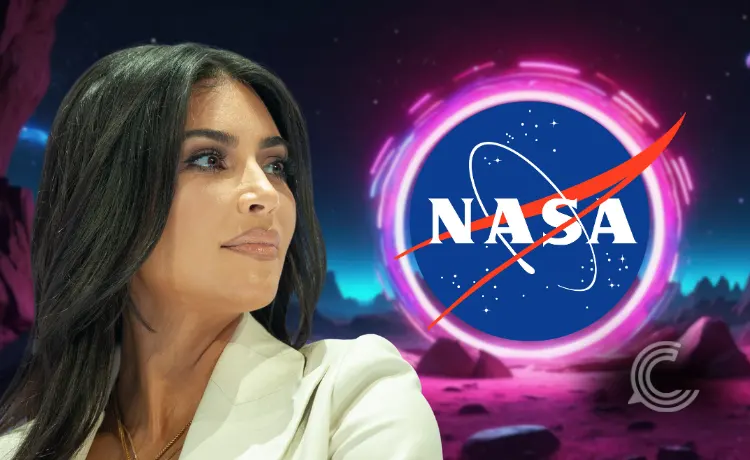Kim Kardashian vs. NASA: Space Agency Hits Back After Star Calls Moon Landing a ‘Hoax’

Key Points:
- Media personality Kim Kardashian stated her belief that the 1969 Apollo 11 mission was staged, citing familiar, long-debunked conspiracy theories.
- Acting NASA Administrator Sean Duffy publicly countered the claim on X (formerly Twitter), confirming the six successful lunar landings and inviting the star to witness the upcoming Artemis launch.
- The space agency reiterated the overwhelming body of physical evidence, including 382 kilograms of lunar rock and photographic proof from subsequent missions, that confirms the Apollo program’s reality.
The National Aeronautics and Space Administration (NASA) has issued a swift and definitive rejection of claims made by reality tv personality Kim Kardashian that the historic 1969 Apollo 11 mission was staged. The controversy erupted following an episode of her reality show, The Kardashians, where the star passionately expressed her belief that the moon landing was a hoax.
The Source of the Space Conspiracy
During a segment of the Hulu series, Kardashian discussed various space-related conspiracy theories with her co-star, Sarah Paulson. The reality star doubled down on the decades-old belief that astronauts Neil Armstrong and Buzz Aldrin never set foot on the lunar surface.
“I don’t think we did. I think it was fake,” Kardashian stated, adding that her belief was based on articles and videos, including one allegedly featuring astronaut Buzz Aldrin. She claimed Aldrin had “gotten old” and accidentally “slips up” in interviews, revealing the supposed truth. Kardashian even encouraged viewers to find the “proof” themselves: “go to TikTok. See for yourself.”
NASA’s Firm, Factual Response
The comments, which quickly went viral across social media platforms, prompted a rare but firm response from the US space agency. NASA Acting Administrator Sean Duffy took to social media to address the claims directly.
Duffy stated on X: “Yes, @KimKardashian, we’ve been to the Moon before 6 times! And even better: @NASAArtemis is going back under the leadership of @POTUS.” His message not only corrected the record on Apollo 11 but highlighted the agency’s current efforts under the Artemis program to return humans to the Moon.
The agency’s rebuttal is grounded in overwhelming physical and scientific evidence. The most compelling proof remains the 382 kilograms of lunar rock and soil samples brought back from the six Apollo missions between 1969 and 1972. These samples have been analyzed by scientists worldwide and are distinct from Earth rocks.
Addressing the Anomalies
The core elements of the Moon Landing hoax theory, the flag, the footprints, and the lack of stars, have been comprehensively debunked by scientists for decades.
The appearance of a ‘waving’ flag is due to a horizontal rod inserted into the top hem of the flag to keep it unfurled in the vacuum of space, giving it the appearance of motion. It was designed this way to make the flag visible and photogenic.
Regarding the absence of stars, experts explain that the cameras used on the Moon were set with short exposure times and small apertures to properly capture the brightly lit astronauts and the lunar landscape. The distant, faint starlight was simply too dim to be registered in the photographs.
Furthermore, the physical evidence of the Moon Landing is robust. The Apollo missions successfully returned 382 kilograms of lunar rock to Earth. These samples have been independently verified as originating from the Moon by laboratories globally, effectively ruling out a staged event.
The Broader Context of Disinformation
As reported by The Guardian, a study published in PLOS One estimated that faking the 1969 mission would have required the sustained silence of over 400,000 individuals involved in the Apollo program. The geopolitical climate of the Cold War, where the rival Soviet Union’s intelligence network would have had a massive propaganda victory by exposing any hoax, also strengthens the authenticity of the US achievement.
While the debate around the 1969 mission is not new, the involvement of high-profile figures like Kim Kardashian ensures a wide audience for historically inaccurate claims. NASA, through its prompt rebuttal, signaled its intent to maintain the scientific integrity of the Apollo legacy while focusing public attention on its future endeavors, such as the Artemis missions.



